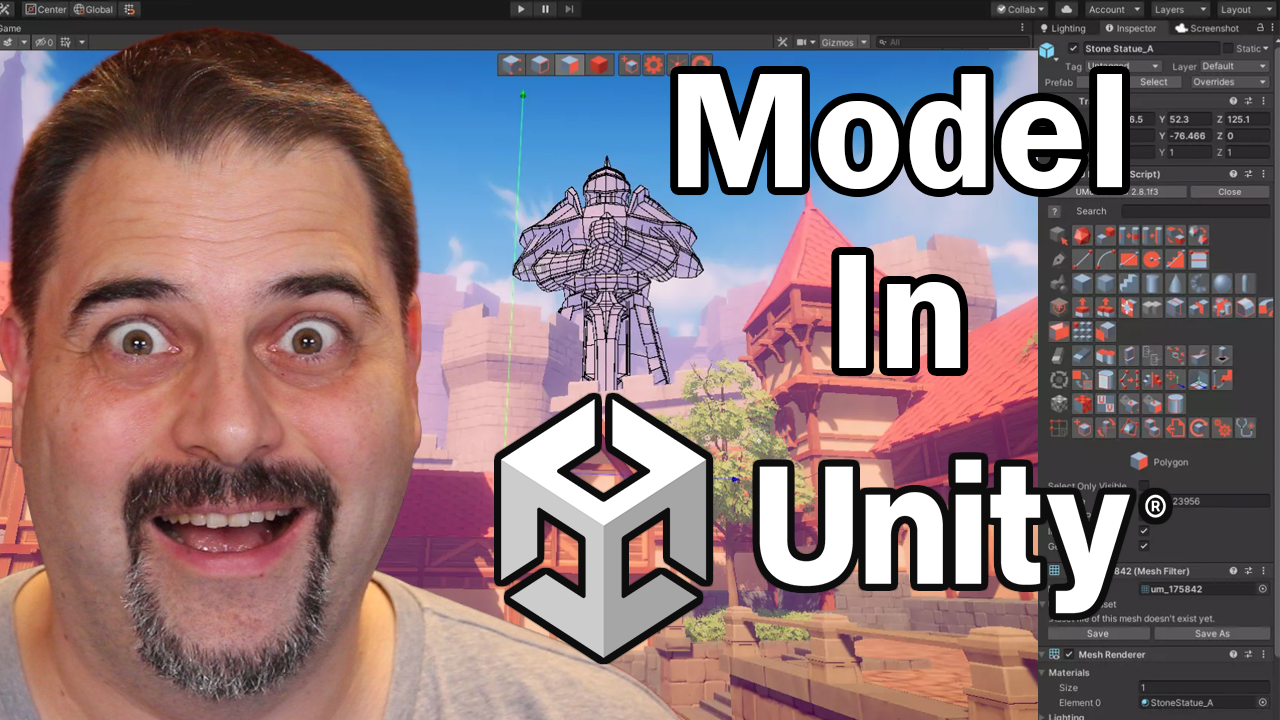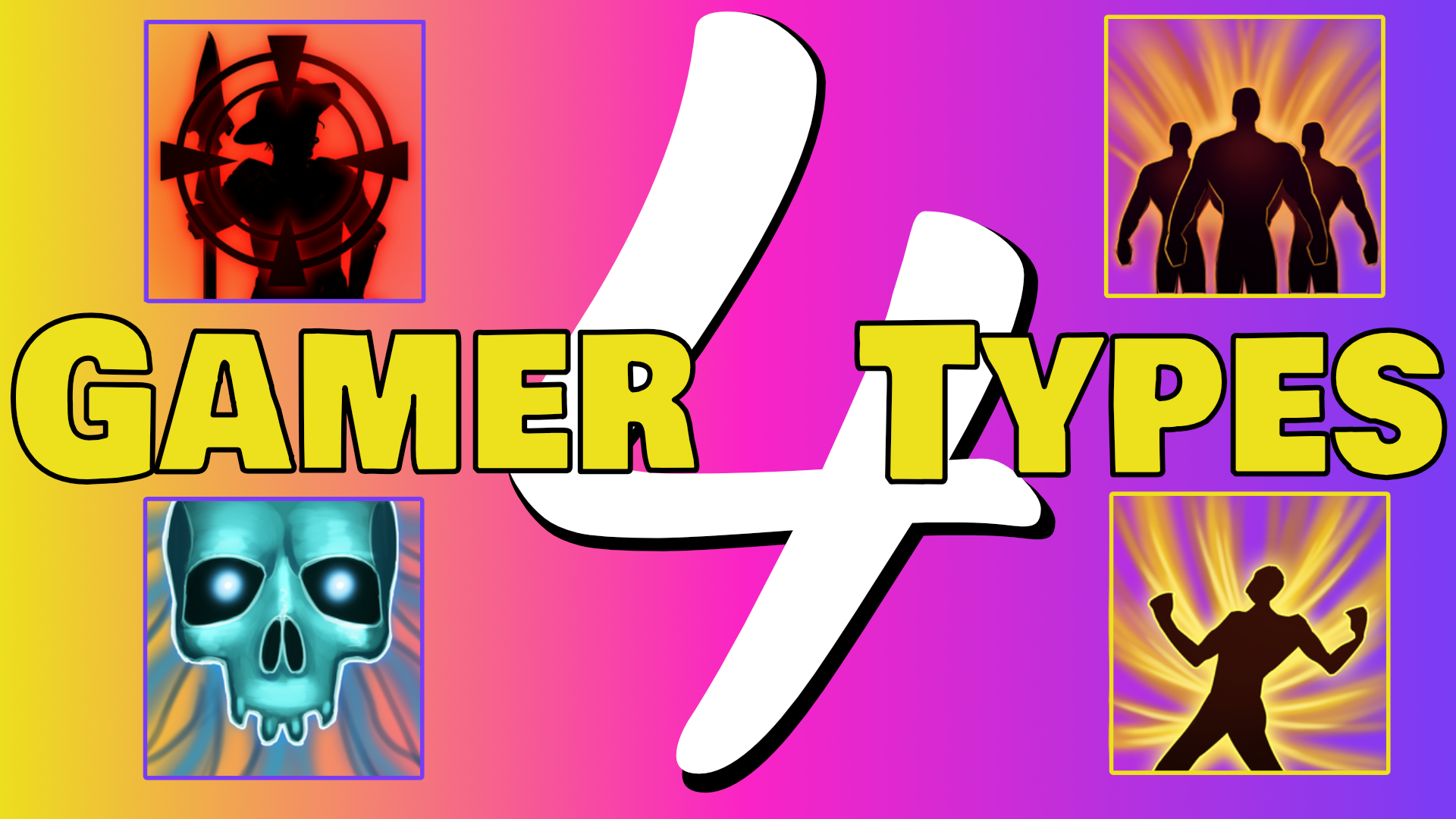-
Beginner’s Guide to Unity Particle System
Introduction: Particle systems are a fundamental aspect of game development in Unity, providing visual flair and immersion to gameplay experiences. By simulating the behaviour of small particles, such as smoke, fire, or sparks, developers can create stunning effects that enhance the overall aesthetics of a game. In this beginner’s guide, we will explore the essential…
-
Beginner’s Guide to Unity Particle System (Part 2)
Introduction: Welcome back to the second part of our Beginner’s Guide to Unity Particle System! In the previous article, we covered the basic settings of the particle system in Unity, including emission, shape, colour, and size. In this article, we will delve deeper into the advanced settings that will allow you to create more sophisticated…
-
Maslow’s Pyramid Gamification in Games

Are you a game developer looking for ways to make your game more engaging and motivating? Have you heard of Maslow’s hierarchy of needs and wondered how it can be applied to gamification? In this article, we’ll explore Maslow’s pyramid gamification key points in the context of computer games, with examples of how they can…
-
How to Pause the Game in Unity Properly
Introduction When creating a game in Unity, you may want to add a pause function. This can be achieved by setting the time scale to zero to pause the game and back to one (the default) to unpause it. The script for pausing the game looks like this: This script can be called by a…
-
UModeler Unity Asset Review: A Versatile 3D Modelling and Prototyping Solution

Are you tired of switching between multiple software to create 3D models for your Unity project? If so, UModeler may be the solution you’ve been looking for. Available on Unity’s Asset Store, UModeler is a versatile 3D modelling and prototyping solution that offers a plethora of features to help you create 3D assets and levels…
-
How to Stop Characters from Falling Through Terrain/Floor in Unity
If you’re just starting out with Unity, you may run into the issue of characters falling through the terrain or floor. This can be frustrating, but fortunately, it’s a common problem with a relatively simple solution. In this tutorial, we’ll go over the steps you need to take to prevent your characters from falling through…
-
Pictory AI Review: An AI-Powered Video Generation Tool
In today’s digital age, visual content is king. Businesses and marketers alike understand the importance of creating engaging, high-quality visual content to capture their audience’s attention and convey their message effectively. However, creating such content can be time-consuming, expensive, and often requires a skilled team of designers and editors. This is where Pictory AI comes…
-
How to Use Fiverr for Creating NFTs for Games
With the rise of blockchain technology and NFTs, game developers are increasingly exploring the potential of using NFTs in their games. NFTs, or non-fungible tokens, are unique digital assets that can represent anything from in-game items to collectibles. By creating NFTs, game developers can add new levels of immersion and engagement to their games, and…
-
How to Find Top-Rated Game Developers on Fiverr: A Step-by-Step Guide
Freelance platforms like Fiverr have become an increasingly popular option for game developers looking for talent to help bring their vision to life. Whether you’re a solo developer looking for additional help, or part of a larger team in need of specialized skills, Fiverr can provide a wide range of services to help you achieve…
-
Defining Your Game’s Genre: A Guide to Crafting a Consistent Design Language (Part 2)
Game genres can be a great starting point when establishing the visual identity of your game. The genre of your game can help guide design decisions, such as the colour palette, typography, and overall visual style. In this article, we will discuss the most common game genres and their associated visual identities. Action Action games…
-
Defining Your Game’s Theme: A Guide to Crafting a Consistent Design Language (Part 1)
When it comes to creating a game, defining the theme and genre is a critical first step in establishing a visual identity that will guide your design decisions. The theme sets the tone and creates a consistent look and feel that will resonate with your audience. In this article, we’ll discuss different game themes and…
-
Creating a Style Guide: Ensuring Consistency in Game UI Design
When it comes to designing the user interface (UI) for a game, consistency is key. A consistent UI not only creates a more polished and professional appearance but also makes it easier for players to navigate and understand the game. One of the most effective ways to ensure consistency in game UI design is to…
-
Establish a Visual Identity: A Guide to Crafting a Consistent Design Language for Your Game
Creating a game that looks good is just as important as making one that plays well. A visually appealing game can attract players and keep them engaged for longer periods. However, achieving a visually stunning game can be challenging, especially when the design language is not consistent. Establishing a visual identity for your game is…
-
Use Visual Hierarchy: A Guide to Designing an Effective Game UI
Designing a game UI that is both visually appealing and functional is a crucial aspect of game development. One essential design principle that game developers should keep in mind is visual hierarchy. Visual hierarchy refers to the arrangement of visual elements in a way that guides the player’s attention. Using visual hierarchy in your game…
-
Creating a Sense of Unity: How Consistent Design Language Can Improve Your Game UI
Designing a game’s user interface (UI) is a crucial aspect of game development that can make or break the success of a game. One essential aspect of designing a successful UI is to use a consistent design language throughout the game. A consistent design language is important because it helps players feel more immersed in…
-
Game UI Design: How to Create an Engaging User Interface for Your Game
Game UI design is an essential component of game development that can make or break a game’s success. The user interface (UI) is the first thing that players interact with when they start playing a game, and it should be intuitive, easy to use, and visually appealing. In this article, we’ll take a look at…
-
Flow in Game Theory: How to Create an Engaging Game

Are you a game designer looking to create an engaging and satisfying gaming experience for your players? Look no further than flow theory. Developed by Mihaly Csikszentmihalyi, flow theory can help game designers understand how to keep players engaged and fully absorbed in their game. In this post, we’ll discuss flow theory and how to…
-
Bartle’s Player Types for Gamification

Gamification has become a popular trend in the world of gaming, as it enhances the gaming experience for players. However, designing games that will keep players engaged can be a daunting task. This is where Bartle’s Player Types come in. In this post, we will discuss Bartle’s Player Types for Gamification and how they can…
-
Object Spawning and De-spawning Made Easy in Unity

If you are developing a game in Unity, you may need to spawn various objects, such as players, enemies, bullets or any other items, at specific points or randomly throughout the game. In this tutorial, we will learn how to spawn objects in Unity, either randomly or at specific spawning points, and how to de-spawn…
